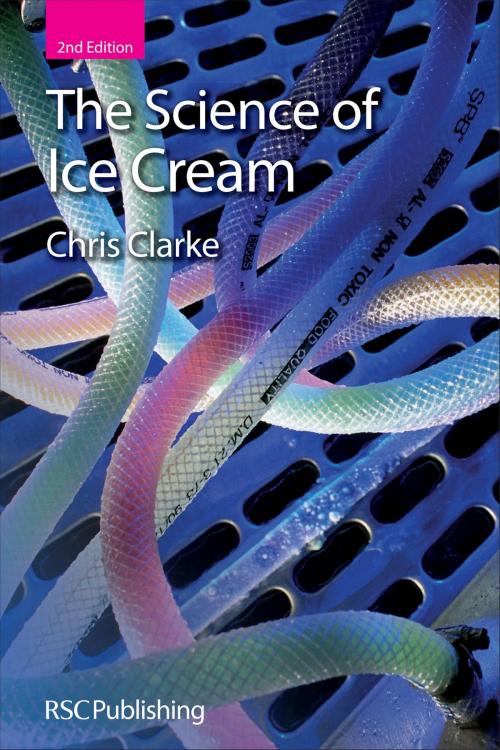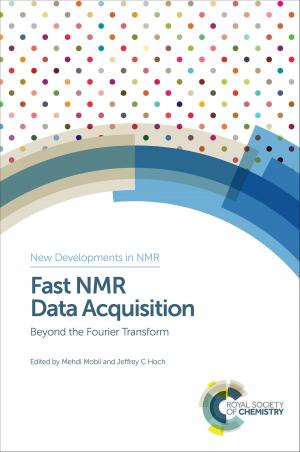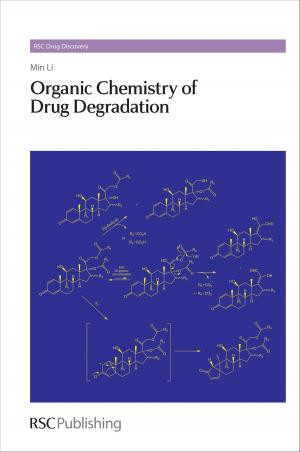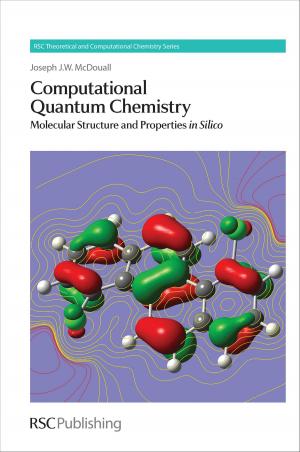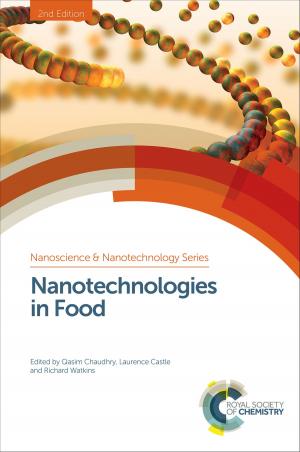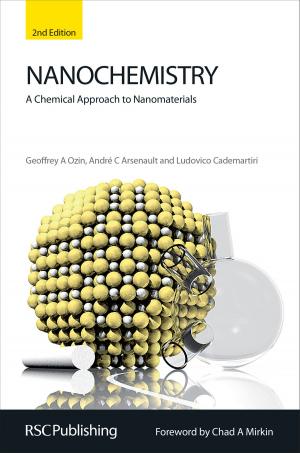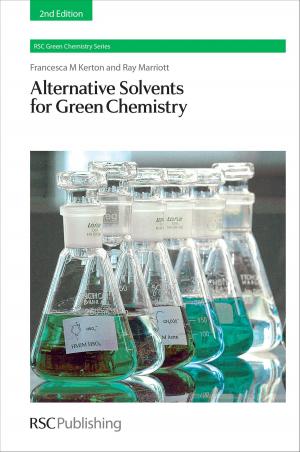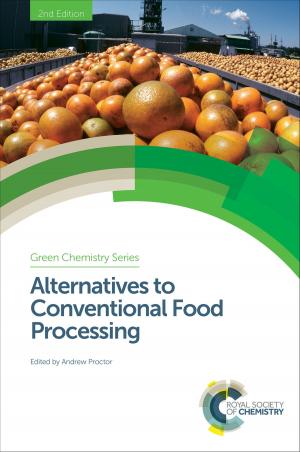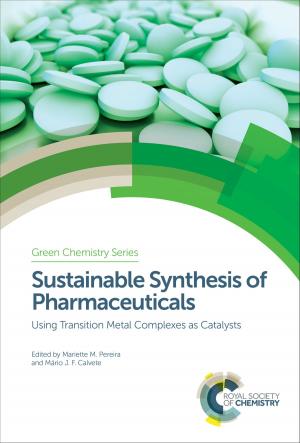The Science of Ice Cream
Nonfiction, Science & Nature, Technology, Food Industry & Science, Science, Chemistry, General Chemistry| Author: | Chris Clarke | ISBN: | 9781782625346 |
| Publisher: | Royal Society of Chemistry | Publication: | November 9, 2015 |
| Imprint: | Royal Society of Chemistry | Language: | English |
| Author: | Chris Clarke |
| ISBN: | 9781782625346 |
| Publisher: | Royal Society of Chemistry |
| Publication: | November 9, 2015 |
| Imprint: | Royal Society of Chemistry |
| Language: | English |
Ice cream as we recognize it today has been in existence for at least 300 years, though its origins probably go much further back in time. Before the development of refrigeration, ice cream was a luxury reserved for special occasions but its advance to commercial manufacture was helped by the first ice cream making machine patented by Nancy Johnson in Philadelphia in the 1840s. The second edition of The Science of Ice Cream has been fully revised and updated with new material. The book still begins with the history of ice cream, subsequent chapters looking at the link between the microscopic and macroscopic properties and how these relate to the ultimate texture of the product you eat. Information on nutritional aspects and developments in new products and processes for making ice cream have been added and the books is completed with some suggestions for experiments relating to ice cream and how to make it at home or in a school laboratory. The book has authenticity and immediacy, being written by an active industrial practitioner, and is ideal for undergraduate food science students as well as those working in the food industry. It is also accessible to the general reader who has studied science to A-level and provides teachers with ideas for using ice cream to illustrate scientific principles.
Ice cream as we recognize it today has been in existence for at least 300 years, though its origins probably go much further back in time. Before the development of refrigeration, ice cream was a luxury reserved for special occasions but its advance to commercial manufacture was helped by the first ice cream making machine patented by Nancy Johnson in Philadelphia in the 1840s. The second edition of The Science of Ice Cream has been fully revised and updated with new material. The book still begins with the history of ice cream, subsequent chapters looking at the link between the microscopic and macroscopic properties and how these relate to the ultimate texture of the product you eat. Information on nutritional aspects and developments in new products and processes for making ice cream have been added and the books is completed with some suggestions for experiments relating to ice cream and how to make it at home or in a school laboratory. The book has authenticity and immediacy, being written by an active industrial practitioner, and is ideal for undergraduate food science students as well as those working in the food industry. It is also accessible to the general reader who has studied science to A-level and provides teachers with ideas for using ice cream to illustrate scientific principles.
